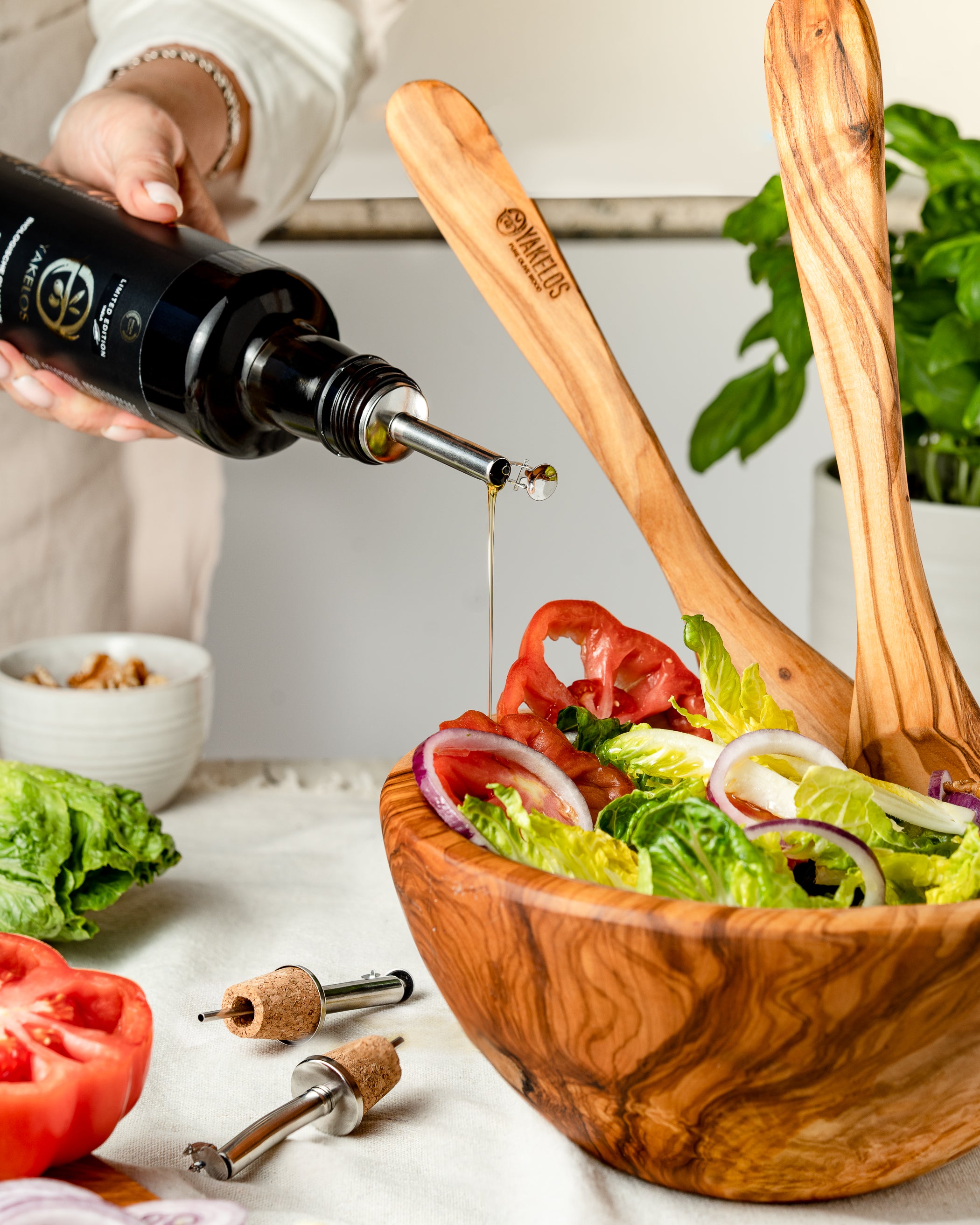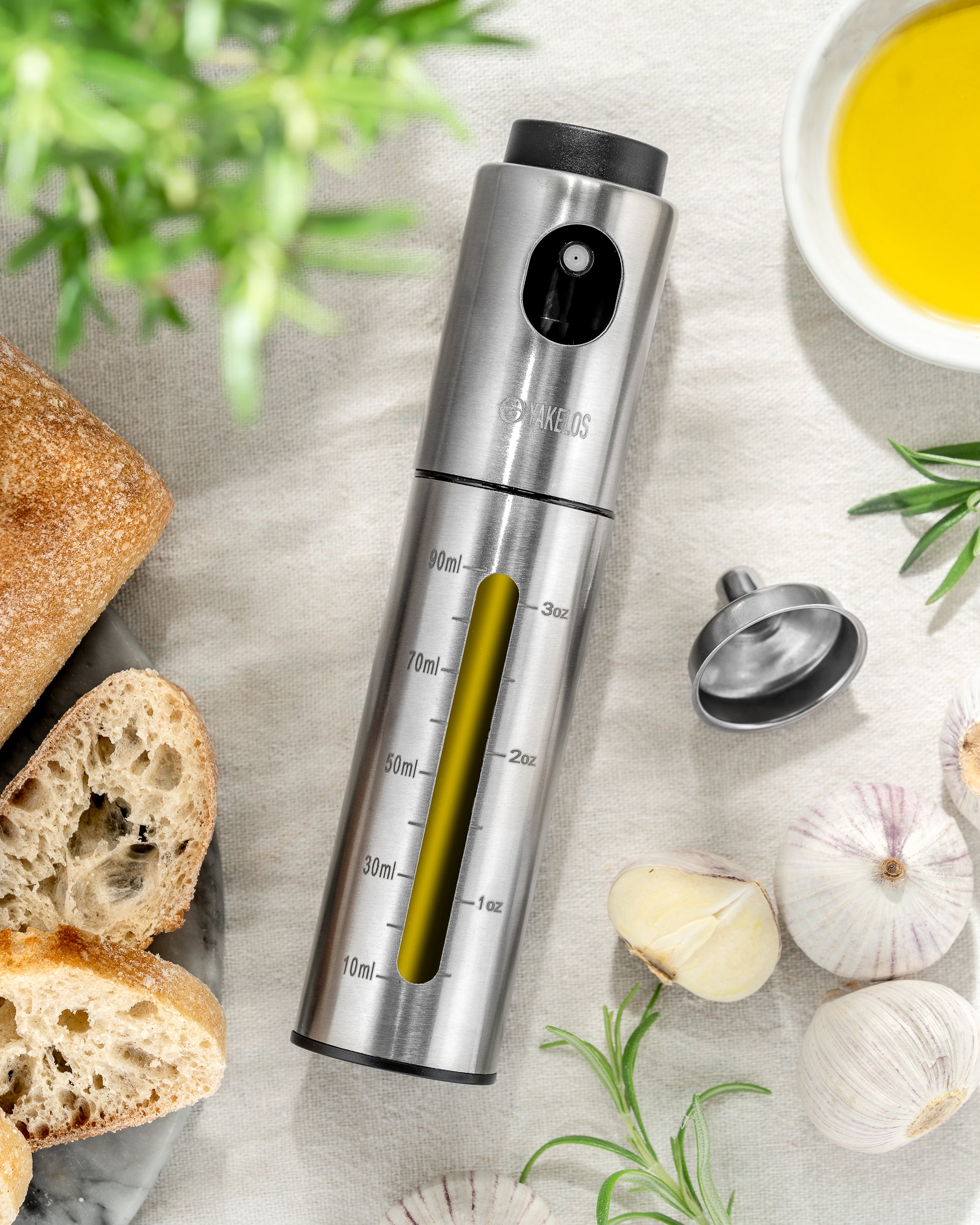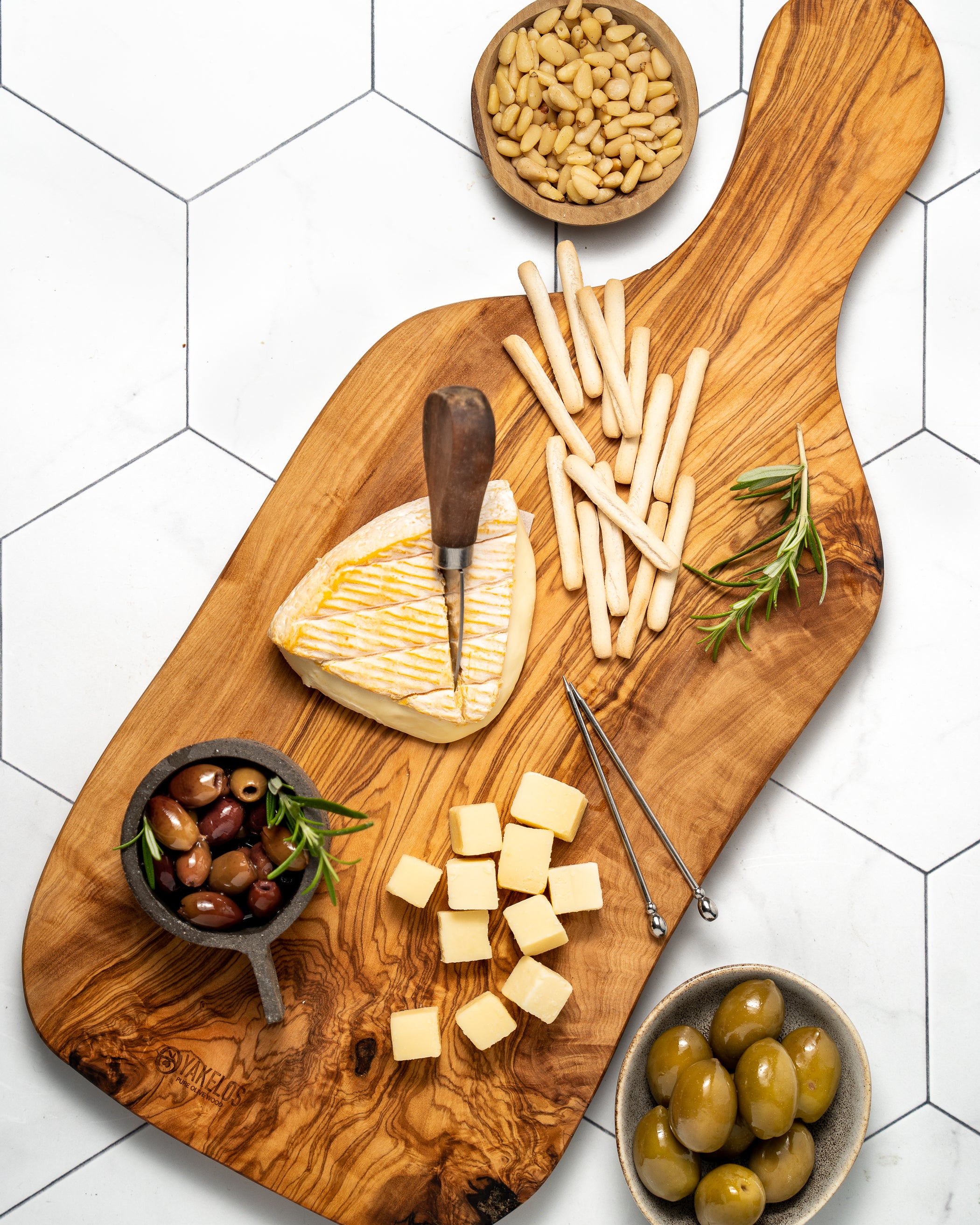Olive trees as far as the eye can see. That is the landscape of Tunisia. But all those olive trees need maintenance every year. If you don't do that, it will continue to grow unchecked and eventually the tree will reach such a height that manual harvesting of olives becomes a problem. Without intervention, an olive tree can grow up to 40 meters high and that is of course much too high to reach those delicious olives. Moreover, an olive tree is only cut down when it no longer produces olives and a new one will always be planted afterwards. Olive wood is therefore particularly sustainable.
With more than 100 million olive trees in a country like Tunisia, you have an enormous amount of wood. What to do with all that wood that can often be more than 100 years old?
Olive wood is a hard type of wood, which has fantastic colour shades and beautiful grains. The wood has a high density and is therefore heavy, but it contains little or no essential oils. As a result, it cannot protect itself sufficiently against external attacks. Olive wood is therefore vulnerable to attack by insects and is also not suitable for the often humid conditions in our climate. That is why it is not used for furniture or fences, for example. The result of all this is that there is hardly any international trade in olive wood.
If you have ever been to the Mediterranean, you have probably seen those old olive trees. They always have crooked, knotty and twisted trunks and branches, which means that they cannot be sawn into beautiful, long, straight planks.
Due to these limited applications, olive wood is only used to produce smaller interior furniture and wooden utensils such as serving boards, cutting boards, bowls and salad cutlery.
To keep the olive wood objects beautiful, we recommend rubbing them with some olive oil twice a year. The hygienic properties of the wood are preserved in this way and you can be sure that you can enjoy your beautiful boards for years to come.




